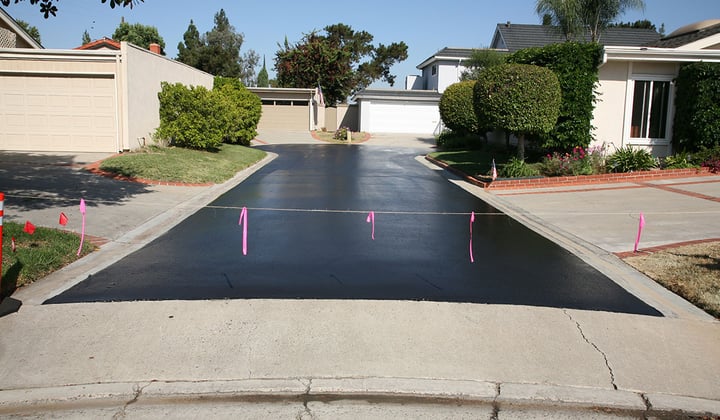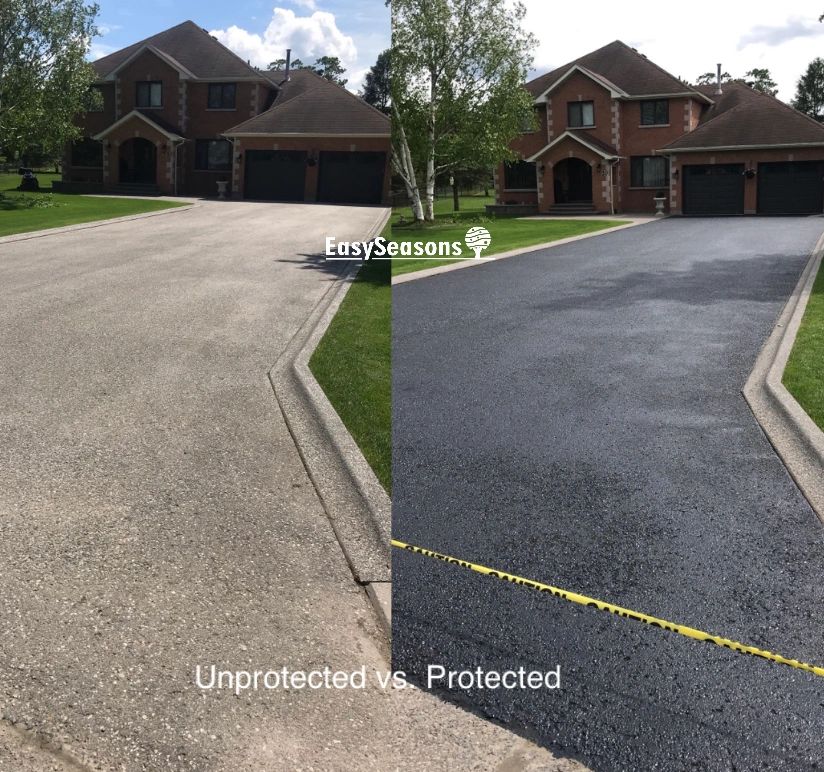Cold Mix Asphalt Vs. Hot Mix Asphalt: Which Is Right for You?

Composition Distinctions
Cold mix asphalt is generated by emulsifying the asphalt binder with water and an emulsifying agent before blending it with accumulation. The warm mix asphalt production process includes warming the accumulation and asphalt binder individually prior to incorporating them at the asphalt plant.
Moreover, cool mix asphalt tends to be much less thick and much more adaptable than hot mix asphalt. This flexibility makes it far better suited for locations with higher levels of movement, such as driveways or roads with rush hour. On the other hand, warm mix asphalt is known for its high sturdiness and resistance to rutting and fracturing, making it a favored selection for freeways and high-traffic roads where long life is crucial.
Installment Process Differences
The procedure of mounting cold mix and hot mix asphalt displays significant variations in their requirements and treatments. In comparison, hot mix asphalt necessitates a more sophisticated setup process. Due to the home heating requirements, warm mix asphalt installments are generally lugged out by specialists with specialized devices, ensuring an extra structurally sound and long-term result.
Sturdiness and Durability Variables
When taking into consideration asphalt alternatives, longevity and durability are critical factors to examine for long lasting sidewalk efficiency. Warm mix asphalt (HMA) is recognized for its phenomenal longevity and longevity. The heats during the laying and mixing process enable much better compaction, causing a denser and stronger sidewalk structure. This results in HMA being a lot more resistant to heavy web traffic lots, severe weather condition conditions, and the effects of maturing contrasted to cool mix asphalt (CMA)
In terms of durability, HMA typically outperforms CMA as a result of its remarkable strength and resistance residential properties. HMA pavements have a longer life span, requiring less constant repair work and maintenance, which can equate to cost savings in the future. Additionally, HMA pavements are much more conveniently adjustable to meet certain task demands, additionally enhancing their durability.
Expense Considerations
Considering the financial effects is an important facet when reviewing the choice in between warm mix asphalt (HMA) and chilly mix asphalt (CMA) for pavement jobs. While More Help the initial price of warm mix asphalt is usually greater than that of chilly mix asphalt, HMA usually supplies an extra cost-efficient option in the long run due to its remarkable resilience and long life.
In enhancement to material expenses, it's vital to think about the expenditures linked with setup and maintenance when contrasting HMA and CMA. Inevitably, the decision in between HMA and CMA must take into account not just the initial price yet likewise the lasting economic ramifications to figure out the most cost-effective option for the details sidewalk job.
Environmental Effect Comparison
Contrast of the ecological influences in between hot mix asphalt (HMA) and cold mix asphalt (CMA) reveals unique differences in sustainability practices. HMA manufacturing needs high temperatures, resulting in raised energy usage and greenhouse gas exhausts. The process likewise launches unpredictable natural compounds (VOCs) and dangerous air toxins (HAPs) into the atmosphere. On the other hand, CMA is generated and applied at lower temperatures, decreasing power use and exhausts dramatically. The lower manufacturing temperature levels of CMA lead to lowered gas intake and lower levels of CO2 emissions, making it a more ecologically friendly option.
In addition, the use of CMA frequently includes recycling existing asphalt pavement, promoting source preservation and minimizing the quantity of waste sent out to landfills. By choosing for CMA over HMA, roadway building wikipedia reference and construction tasks can add favorably to ecological conservation initiatives.
Conclusion
To conclude, the option in between cold mix asphalt (CMA) and warm mix asphalt (HMA) relies on different factors such as make-up, installation procedure, toughness, durability, price, and ecological impact. asphalt repair. While CMA offers a fast and cost-efficient option for minor repair services, HMA makes sure premium toughness and longevity for heavy traffic areas. Take into consideration these factors very carefully to establish which sort of asphalt is the best choice for your paving requires

Taking into consideration the economic read this ramifications is an important facet when evaluating the option between hot mix asphalt (HMA) and chilly mix asphalt (CMA) for sidewalk projects. While the preliminary price of warm mix asphalt is normally higher than that of cold mix asphalt, HMA usually supplies a much more cost-efficient remedy in the long run due to its exceptional sturdiness and longevity. asphalt patch repair.Comparison of the environmental influences between hot mix asphalt (HMA) and cold mix asphalt (CMA) exposes unique distinctions in sustainability techniques.In conclusion, the choice in between cool mix asphalt (CMA) and warm mix asphalt (HMA) depends on various elements such as make-up, setup procedure, toughness, long life, expense, and environmental impact